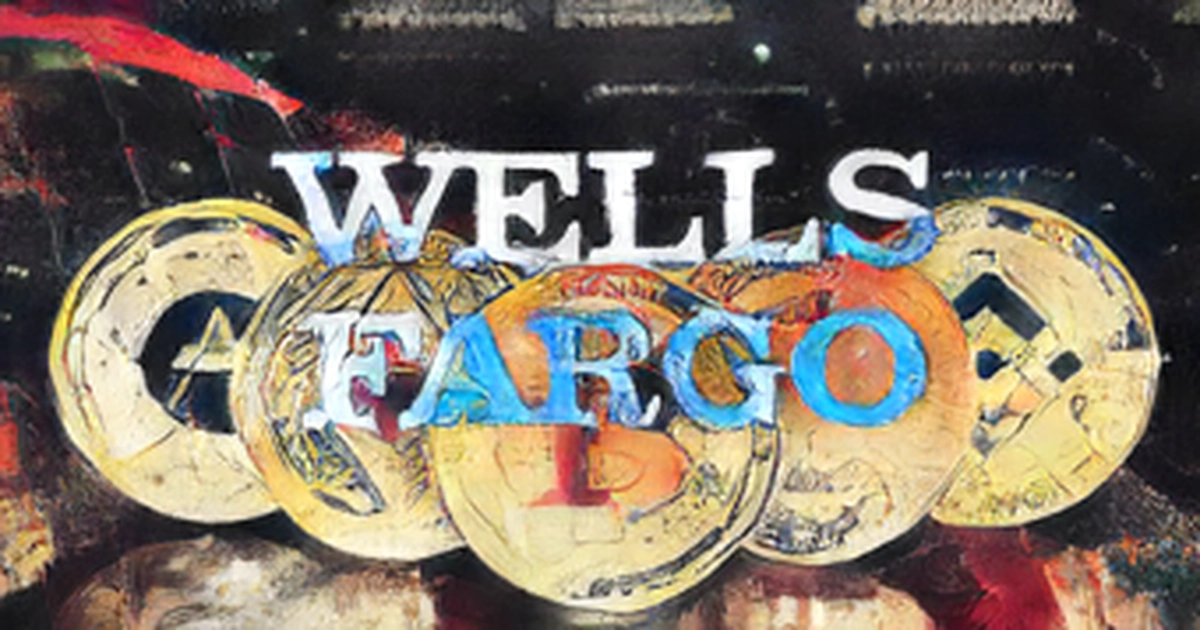
Wells Fargo, the fourth largest bank in the U.S. by market capitalization, released a special report entitled Understanding Cryptocurrency, which compares digital assets to the invention of the internet, cars, and electricity. A report published at the beginning of August bullishly called digital assets the building blocks of a new internet. A comment directed to Wells Fargo investment customers stated that the advancement of digital assets will bring new opportunities and investment opportunities. The Internet of Value is likely to be disruptive to the world of finance, like the original internet was to communication and information, as many expect digital assets to be the building blocks of a new internet. What does it mean for investors? The Head of NFT Fan Tokens for Binance, Helen Hai referred to an internet of value as the cornerstone of how she approachescryptocurrencies, speaking to CryptoSlate s Akiba at Paris Blockchain week in March. It is a term that makes a lot of sense in defining the difference between web 2.0 and web 3. The image below compares the two.
Wells Fargo identified an important trend in the industry of focusing on technology rather than the big picture. The user experience within web 3 is notoriously poor, with overcomplicated dApps and wallet management. New users are faced with an extremely high entry barrier; seed phrases, passphrases, token, and token transfers are all utterly alien to newcomers.
Wells Fargo stated in its special report series on criptocurrencies that it aims to make sure newcomers see the big picture concepts before they are buried in detail. It is amazing to say how important this is for the advancement of criptocurrency and web 3. A household name in banking publishing a pro-crypto special report to educate non-crypto users on the long-term benefits of digital assets holds a lot of weight.
Many investors in the industry don't trust traditional banks, but a more important subset of the U.S. population still depends on household name banks. Support from such an institution does a lot to establish the legitimacy of digital assets in the broader population, beyond simply promoting the purchase ofBitcoin as a part of strategic diversification.
The report declared that all cryptocurrencies, smart contracts, and other tokens are digital assets. This use of language is a concrete step towards improving the user experience by removing preconceived ideas around terms such as criptocurrency, NFTs, and token.
Wells Fargo made comparisons between how the current version of the internet has reinvented post offices, music stores, landlines, and local news with the final six pages of the report. It used these comparisons to create a yardstick to explain how The Internet of Value will reinvent local currencies, payment networks, securities, property, and contracts.
There was a report that described real-world examples of payment processing, remittances, and other uses of digital assets. Jack Mallers' demonstration of using the lightning network to send fiat currencies was echoed by the image in the description. Early movers may gain economies of scale, while those late to the movement may lose, according to Wells Fargo. This is the fifth in a series of special reports on cryptocurrencies from Wells Fargo. The next report will focus on the risks associated with investing in early-stage technology.
